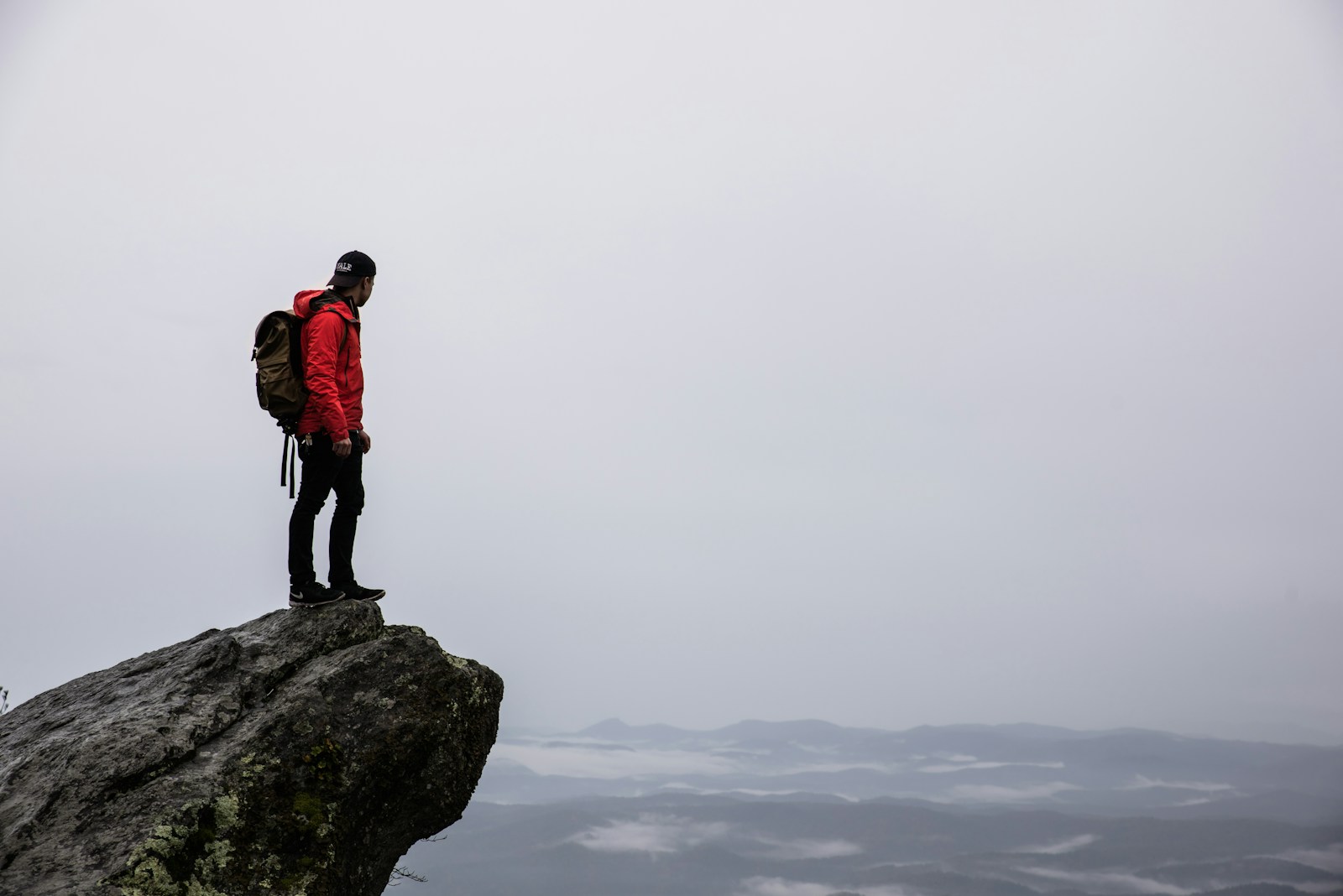Venturing into the wilderness alone offers unparalleled freedom and connection with nature. However, solo hiking comes with unique responsibilities, particularly regarding wildlife encounters. Without companions to help assess situations or respond to emergencies, solo hikers must be exceptionally prepared and knowledgeable about wildlife safety.
This comprehensive guide covers essential safety practices that can help solo adventurers enjoy the backcountry while minimizing risks associated with wildlife interactions. From preventative measures to emergency responses, these tips aim to empower hikers with the confidence to explore responsibly while respecting the wild animals whose home they’re visiting.
Understanding Wildlife Behavior Basics
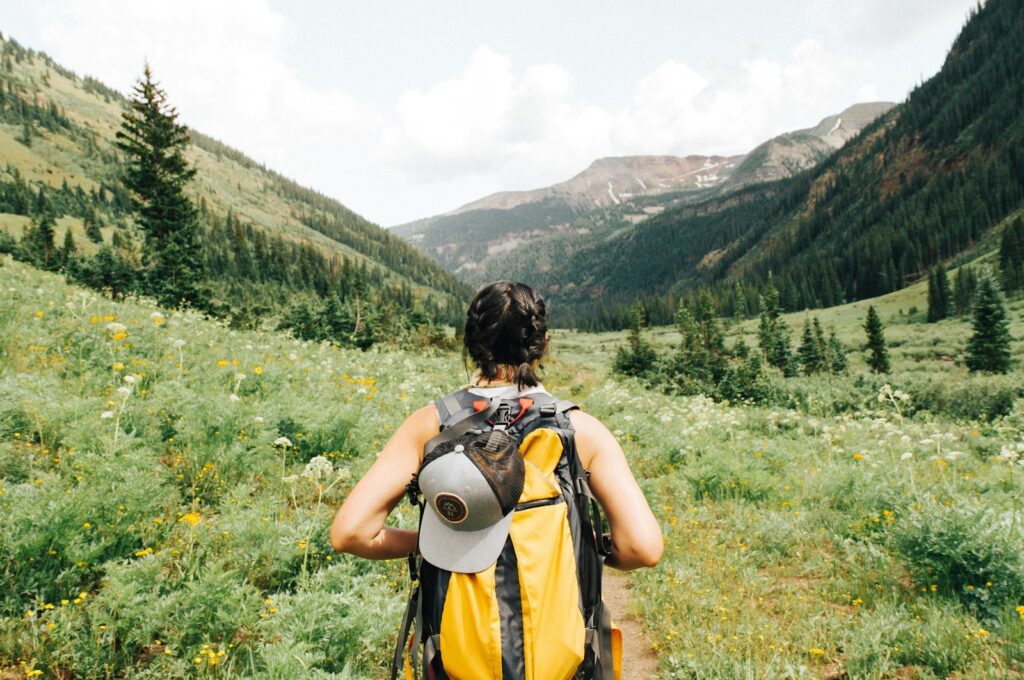
Wildlife encounters are among the most memorable aspects of hiking, but they require proper understanding to remain safe. Most wild animals prefer to avoid humans and will typically flee when they sense your presence. Dangerous encounters most commonly occur when animals feel threatened, are protecting young, are surprised at close range, or have become habituated to humans through improper food storage or deliberate feeding.
Learning to recognize signs of stress or aggression in common species—such as flattened ears, raised hackles, pawing the ground, or specific vocalizations—can provide critical seconds to react appropriately. Remember that all wild animals are unpredictable, regardless of how calm they may appear, and should always be given space and respect. Understanding these fundamental behavioral patterns is your first line of defense in preventing negative wildlife interactions.
Research Your Destination Thoroughly
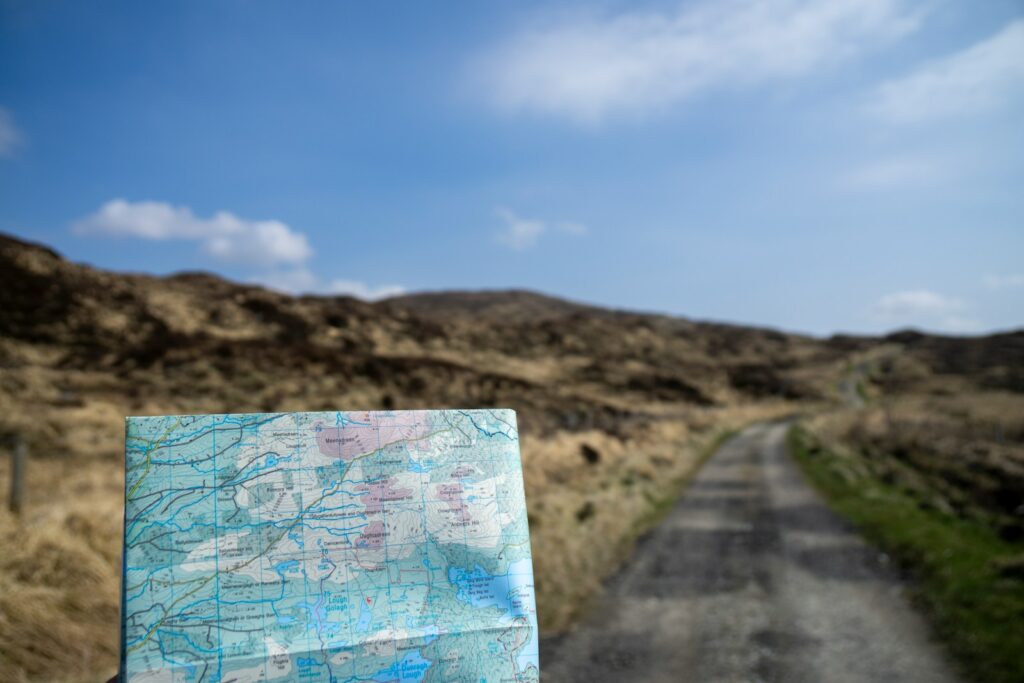
Before embarking on any solo hiking adventure, comprehensive research about your destination’s wildlife is essential. Different ecosystems harbor different species with varying behavioral patterns and potential dangers. Contact local ranger stations or visitor centers for the most current information about recent wildlife activity, including any trail closures due to animal activity.
Many parks publish wildlife safety guides specific to their region, containing invaluable information about seasonal behaviors like migration, mating, or increased feeding activity that might affect your hike. Online hiking forums and apps can provide recent firsthand accounts of wildlife sightings and behavior. This knowledge allows you to make informed decisions about trail selection, timing, and necessary precautions specific to the animals you might encounter.
Make Your Presence Known on the Trail
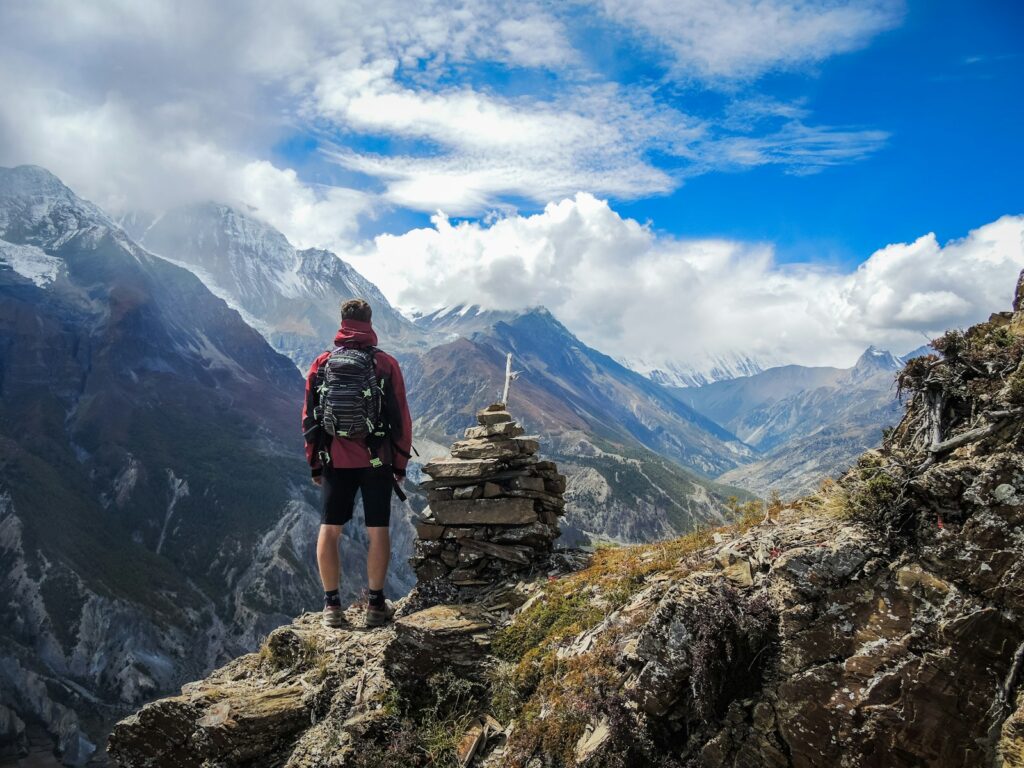
When hiking solo, one of the most effective wildlife safety strategies is to avoid surprising animals by clearly announcing your presence. Many wildlife encounters occur when animals are startled at close range, triggering defensive reactions. Make noise periodically throughout your hike, especially when approaching blind turns, dense vegetation, moving water, or windy areas where animals might not otherwise hear you coming. Singing, talking to yourself, clapping occasionally, or calling out “Hey bear!” at regular intervals are effective methods.
Commercial bear bells are somewhat controversial among experts, with some research suggesting they don’t project sound far enough to be maximally effective. Voice and purposeful noise are typically more effective deterrents as they’re unfamiliar sounds that wild animals immediately associate with humans. Remember to be especially vigilant during dawn and dusk when many animals are most active.
Practice Proper Food Management
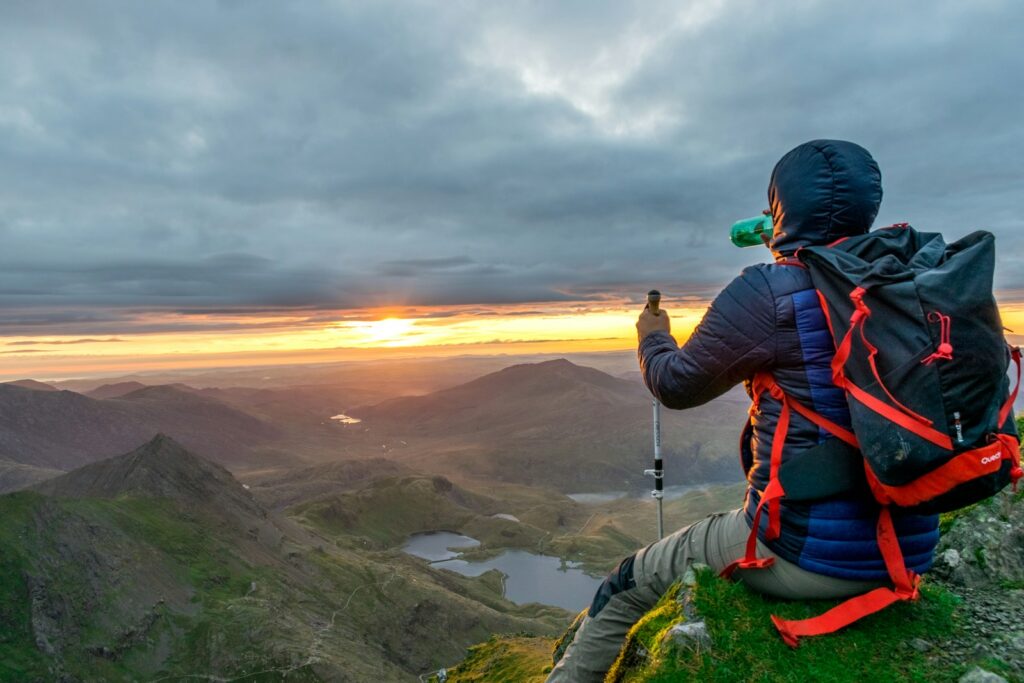
Improper food handling is among the leading causes of problematic wildlife encounters for hikers. Animals have incredibly sensitive senses of smell and can detect food odors from remarkable distances. Store all food, scented items (including toiletries, medications, and trash) in wildlife-resistant containers when required by local regulations, or at minimum in odor-proof bags secured out of reach.
When camping overnight, follow area-specific protocols for food storage, which might include bear canisters, bear bags hung properly between trees, or designated food lockers at established campsites. Never sleep with food in your tent, and avoid cooking near your sleeping area to prevent food odors from permeating your clothing and gear. After meals, thoroughly clean your cooking area and pack out all trash and food scraps, as even tiny amounts can attract wildlife and alter their natural behavior.
Carry and Know How to Use Wildlife Deterrents
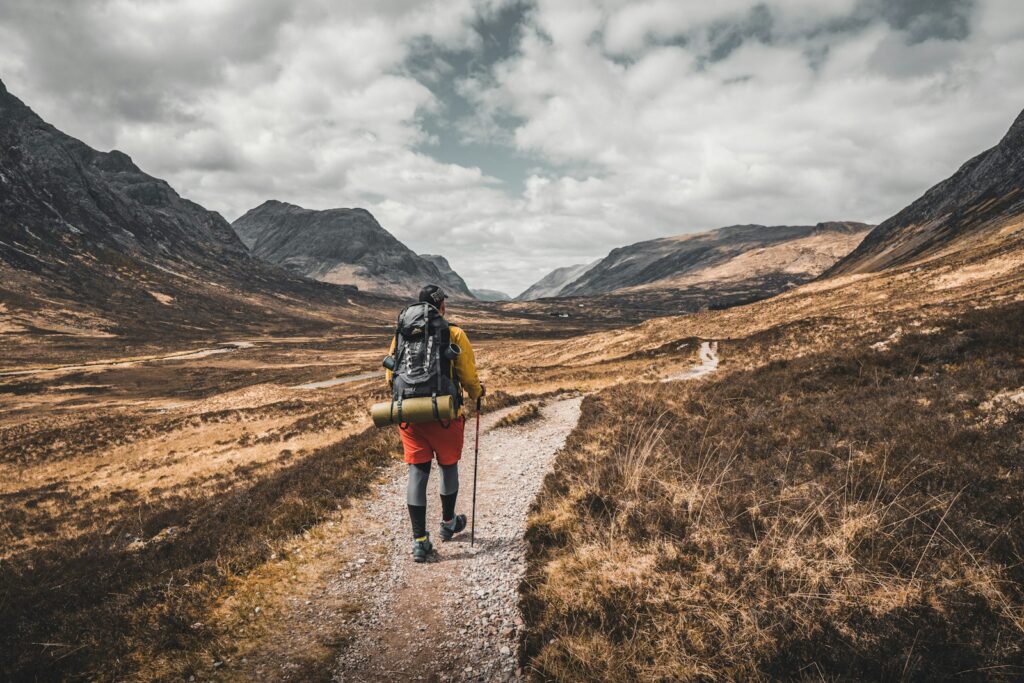
Solo hikers should consider carrying appropriate wildlife deterrents based on their destination’s wildlife profile. Bear spray is among the most effective and widely recommended deterrents, with studies showing its effectiveness in preventing injury during aggressive bear encounters. Practice removing the spray from its holster and disengaging the safety mechanism before your trip so you can deploy it quickly if needed. Bear spray should be carried in an easily accessible location, not buried in your backpack.
Some hikers in mountain lion territory carry walking sticks not only for stability but as potential deterrents. Air horns or whistle blasts can startle predators and may interrupt an approach. Remember that deterrents are last resorts when other preventative measures have failed, and their proper use requires familiarity and practice. Check local regulations before carrying any deterrents, as some protected areas have specific restrictions.
Maintain Safe Distances from All Wildlife

Maintaining appropriate distance is fundamental to wildlife safety, regardless of the species. National Park Service guidelines generally recommend staying at least 100 yards (91 meters) from predators like bears and wolves, and 25 yards (23 meters) from other large mammals like bison, elk, and moose. Even seemingly docile animals can be unpredictable and dangerous when approached too closely. Use binoculars or a camera zoom lens to observe animals from a safe distance rather than approaching for a better view or photograph.
If you encounter an animal on the trail, stop and assess the situation carefully before proceeding. Remember that getting too close to wildlife is not only dangerous for you but can also be harmful to the animals by causing stress, disrupting natural behaviors, or leading to habituation to humans. When in doubt, give animals more space than you think they need.
Special Considerations for Bear Country
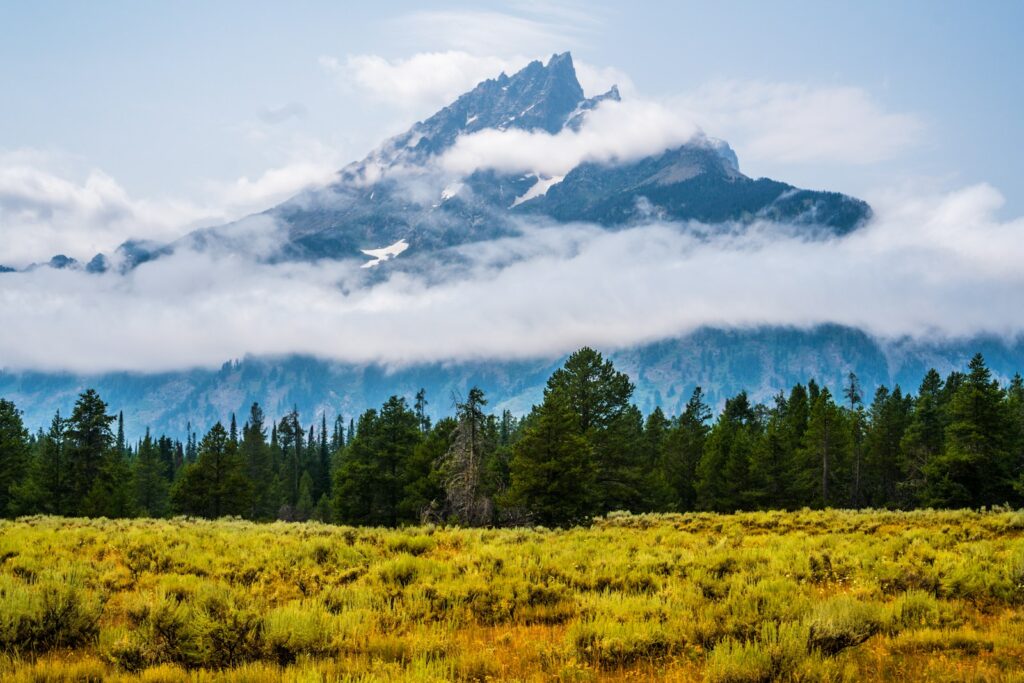
Hiking in bear territory requires heightened awareness and specific safety protocols. Black bears and grizzly/brown bears require different response strategies during encounters, so learn to identify which species inhabit your hiking area. For black bears, standing your ground, appearing large, and fighting back if attacked is generally recommended. For grizzlies, experts advise talking calmly while slowly backing away, and if contacted, playing dead by lying face down with hands clasped behind your neck.
Avoid hiking during dawn and dusk when bears are most active, and be especially cautious near berry patches, streams during salmon runs, or areas with fresh animal carcasses. Travel in open areas where visibility is good whenever possible. In designated bear country, many parks require mandatory food storage in bear-resistant containers. Always check the latest bear activity reports before setting out, as temporary trail closures may be in effect due to recent bear activity.
Navigating Mountain Lion Territory Safely
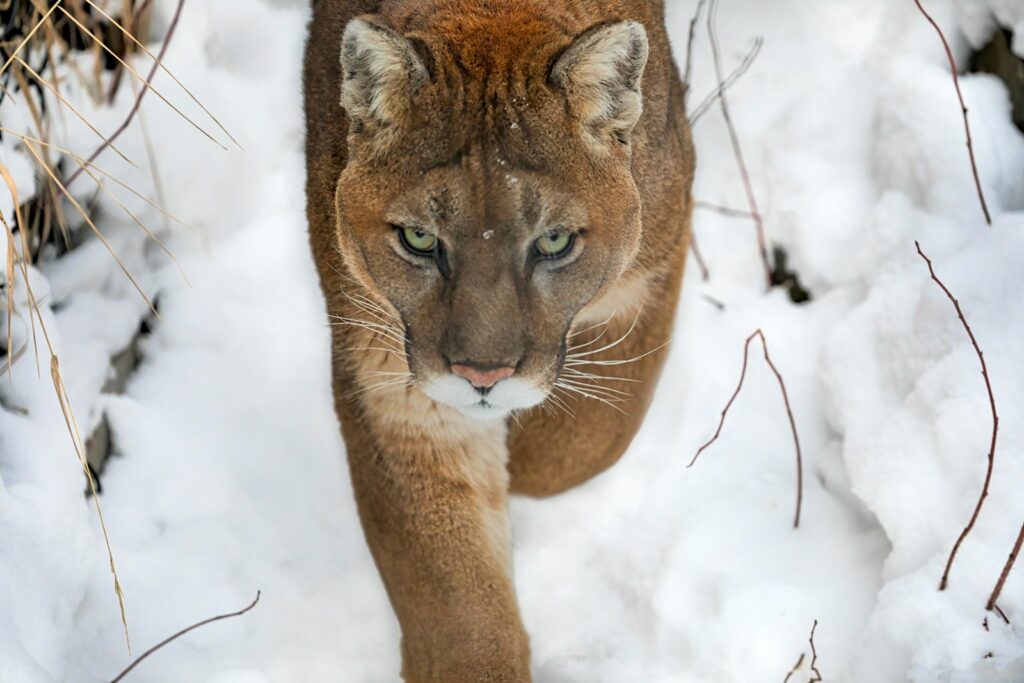
Mountain lions (also called cougars or pumas) present unique safety considerations for solo hikers traversing their habitat. Unlike bears, mountain lions are ambush predators that typically stalk prey before attacking, making awareness of your surroundings particularly important. When hiking in mountain lion country, avoid hiking alone during their most active periods at dawn, dusk, and night if possible.
If you do spot a mountain lion, maintain eye contact, speak firmly and loudly, and make yourself appear as large as possible by raising your arms or opening your jacket. Never run, as this can trigger their chase instinct. If a mountain lion approaches, throw objects, wave your arms, and fight back aggressively if attacked, targeting sensitive areas like eyes and nose. Children are particularly vulnerable to mountain lion attacks, so keep children close and consider alternative trails if you’re hiking with young people in areas with recent mountain lion activity.
Responding to Snake Encounters

Venomous snakes inhabit many popular hiking regions, making snake safety an important consideration for solo hikers. Prevent snake encounters by staying on established trails, wearing closed-toe hiking boots and long pants, and carefully watching where you place your hands and feet, especially when climbing over logs or rocks. Most snakebites occur when snakes are accidentally stepped on or when hikers reach into areas without looking first.
If you encounter a snake on the trail, remain calm and give it plenty of space to retreat; most snakes will gladly avoid human interaction if given the opportunity. In the rare event of a snakebite, keep the affected area immobilized and below heart level, remove any constricting items like rings or watches, note the snake’s appearance if possible (but don’t pursue or attempt to capture it), and seek medical attention immediately. Avoid outdated treatments like suction devices, tourniquets, or ice, which can cause additional harm.
Protecting Yourself from Smaller Wildlife Hazards
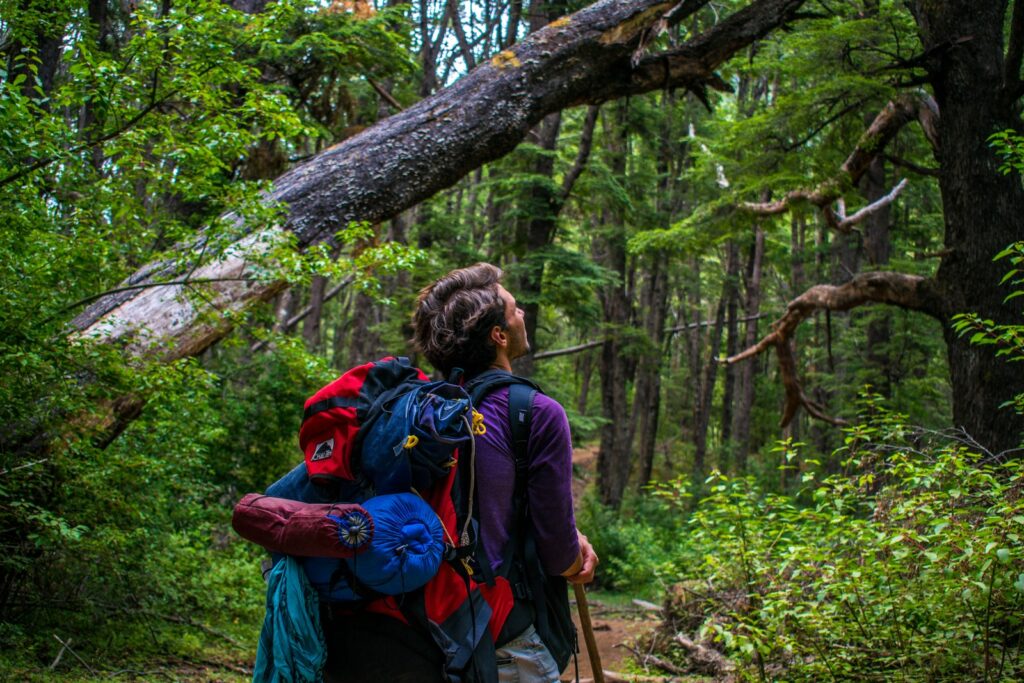
While large predators often receive the most attention in wildlife safety discussions, smaller creatures can pose significant risks to solo hikers as well. Insects like ticks, mosquitoes, and bees can transmit diseases or cause severe allergic reactions in susceptible individuals. Wear appropriate clothing treated with permethrin, use EPA-approved insect repellents containing DEET or picaridin, and perform regular tick checks during and after your hike. Learn to identify poisonous plants like poison ivy, poison oak, and poison sumac that can cause painful rashes upon contact.
Be cautious of rodents at campsites, as they can carry diseases like hantavirus; never handle wild rodents, even if they appear tame or injured. In some regions, scorpions and spiders require special attention; shake out boots and gear before use, especially after leaving them unattended. These smaller wildlife hazards might seem less intimidating than predators, but they often present more common risks to hikers.
Understanding the Impact of Weather and Seasons
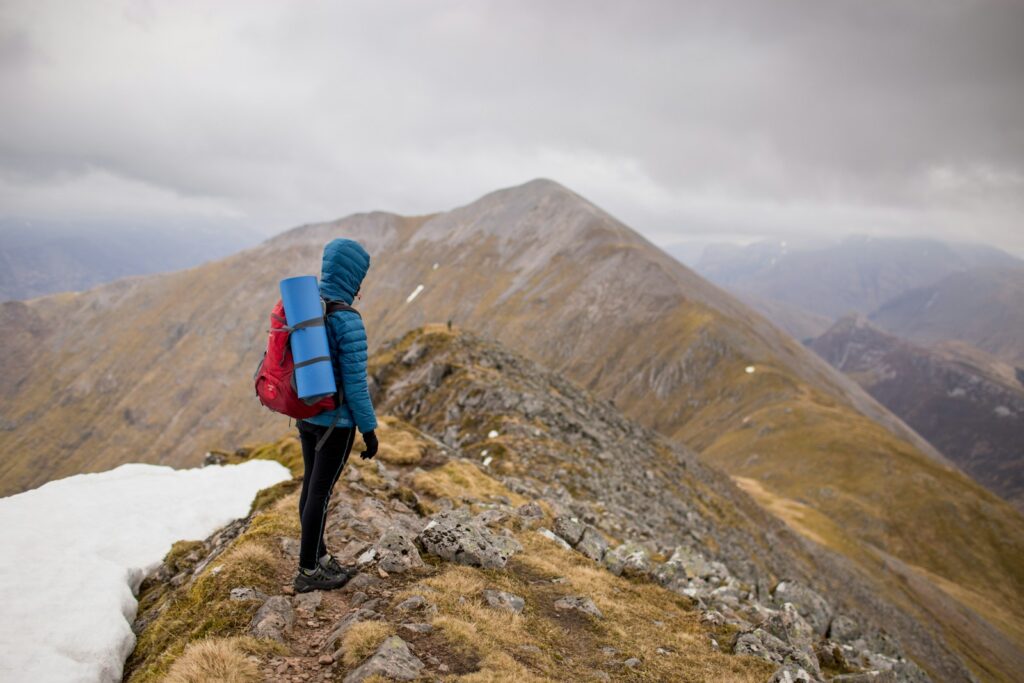
Wildlife behavior changes significantly with seasons and weather conditions, creating varying safety considerations throughout the year. Spring often brings protective mother animals with young, requiring extra caution and distance. Early spring can find hungry bears emerging from hibernation, potentially more aggressive in their search for food. Summer heat might bring snakes out to bask on sun-warmed trails, while drought conditions can draw animals to the same water sources hikers use.
Fall breeding seasons (rut) make normally docile animals like deer and elk more aggressive and unpredictable. Weather events also influence wildlife behavior; animals often become more active before storms, and extreme conditions can push wildlife into unusual territories or closer to human-used areas. Understanding these seasonal patterns for the specific region you’re hiking can help you anticipate potential wildlife encounters and take appropriate precautions during your solo adventure.
Creating a Solo Hiker Safety Plan
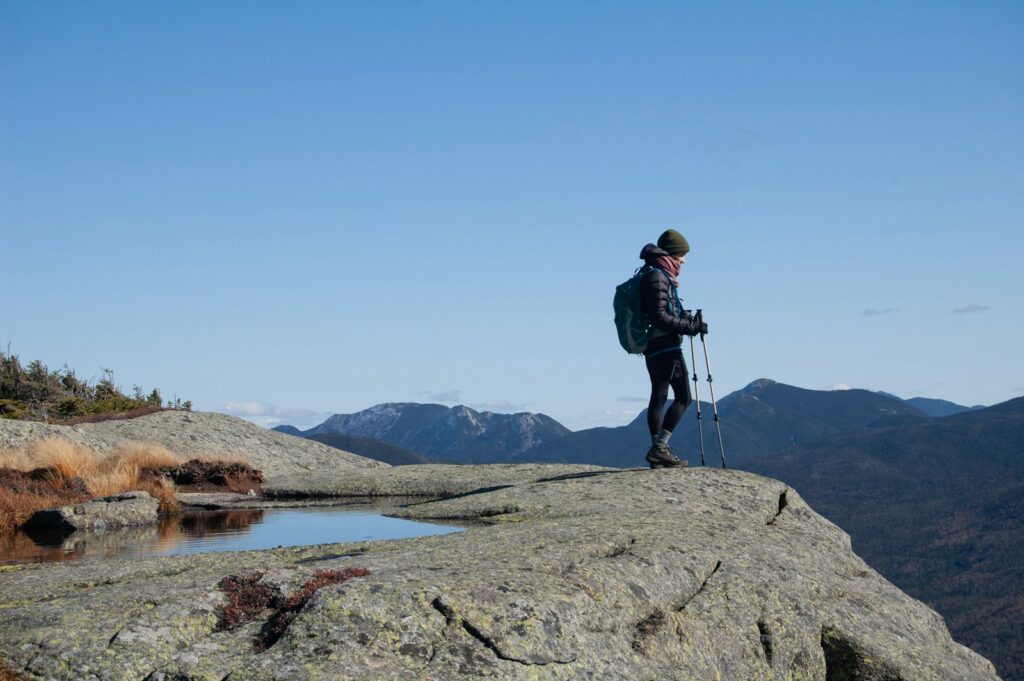
Solo hikers face unique vulnerability during wildlife emergencies, making a comprehensive safety plan essential before departure. Always share your detailed itinerary including planned routes, expected return time, and check-in procedures with a reliable contact who will take appropriate action if you don’t return as scheduled. Consider carrying a satellite communication device like a personal locator beacon (PLB) or satellite messenger, especially in remote areas with limited cell service.
Document any medical conditions, allergies, or medications you take on a card in your pack and on your person. Familiarize yourself with evacuation routes and the locations of ranger stations or emergency services near your hiking area. Practice scenarios in your mind: what would you do if you encountered different wildlife situations? Having mental rehearsals of proper responses can help you react correctly during an actual encounter when adrenaline might otherwise cloud judgment.
Ethical Wildlife Observation Practices
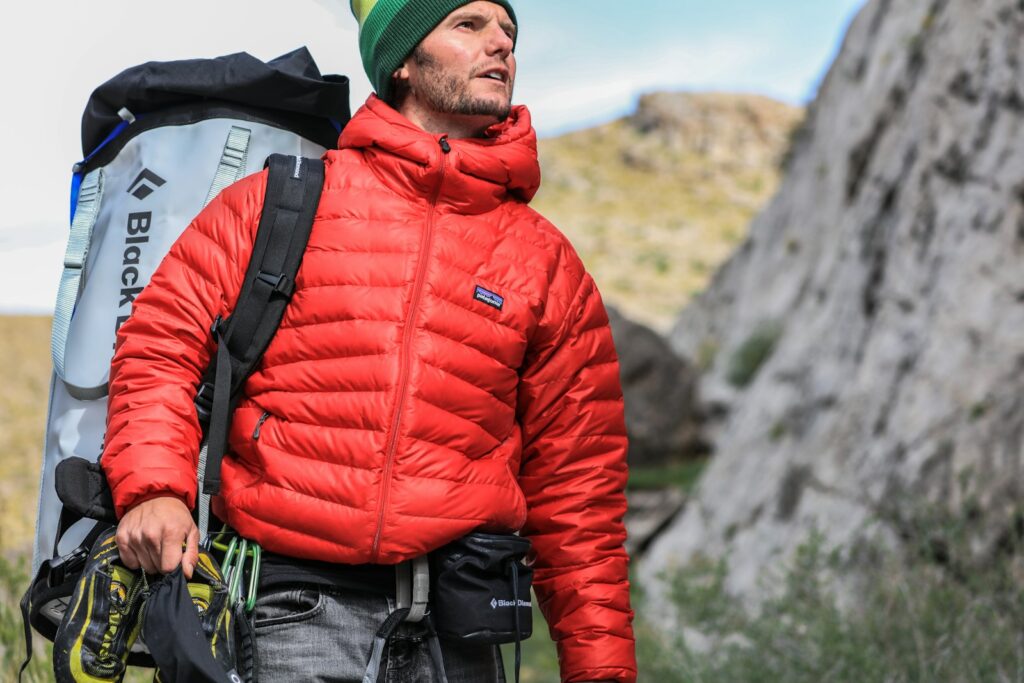
Responsible solo hikers understand that safe wildlife interactions also mean ethical interactions that protect both animals and future hikers. Never intentionally approach, feed, or attempt to touch wild animals, regardless of how tame they might appear. Feeding wildlife not only habituates them to human presence but can lead to nutritional problems, aggressive behavior toward future hikers, and ultimately may result in the animal being euthanized if it becomes a persistent threat.
Observe animals using binoculars or telephoto camera lenses rather than approaching for better views. If an animal changes its behavior because of your presence—stopping feeding, staring alertly, or moving away—you’re too close and should back away. When photographing wildlife, prioritize the animal’s welfare over getting the “perfect shot.” These ethical practices help preserve natural wildlife behavior and ensure that wild places remain wild for both the animals and future generations of hikers to enjoy.
Conclusion

Solo hiking offers remarkable opportunities for wilderness connection, but it carries additional responsibility regarding wildlife safety. By thoroughly researching your destination, making your presence known, practicing proper food management, and knowing how to respond appropriately to various wildlife encounters, you can significantly reduce your risk while respecting the wild creatures whose home you’re visiting.
Remember that most wildlife prefer to avoid human interaction, and problematic encounters typically result from surprise, perceived threats, or habituation through improper human behavior. The wilderness offers its greatest rewards to those who approach it with knowledge, preparation, and respect. By implementing these wildlife safety practices, solo hikers can confidently explore natural landscapes while minimizing risks and preserving the wild character of these precious environments for future adventurers to enjoy.

